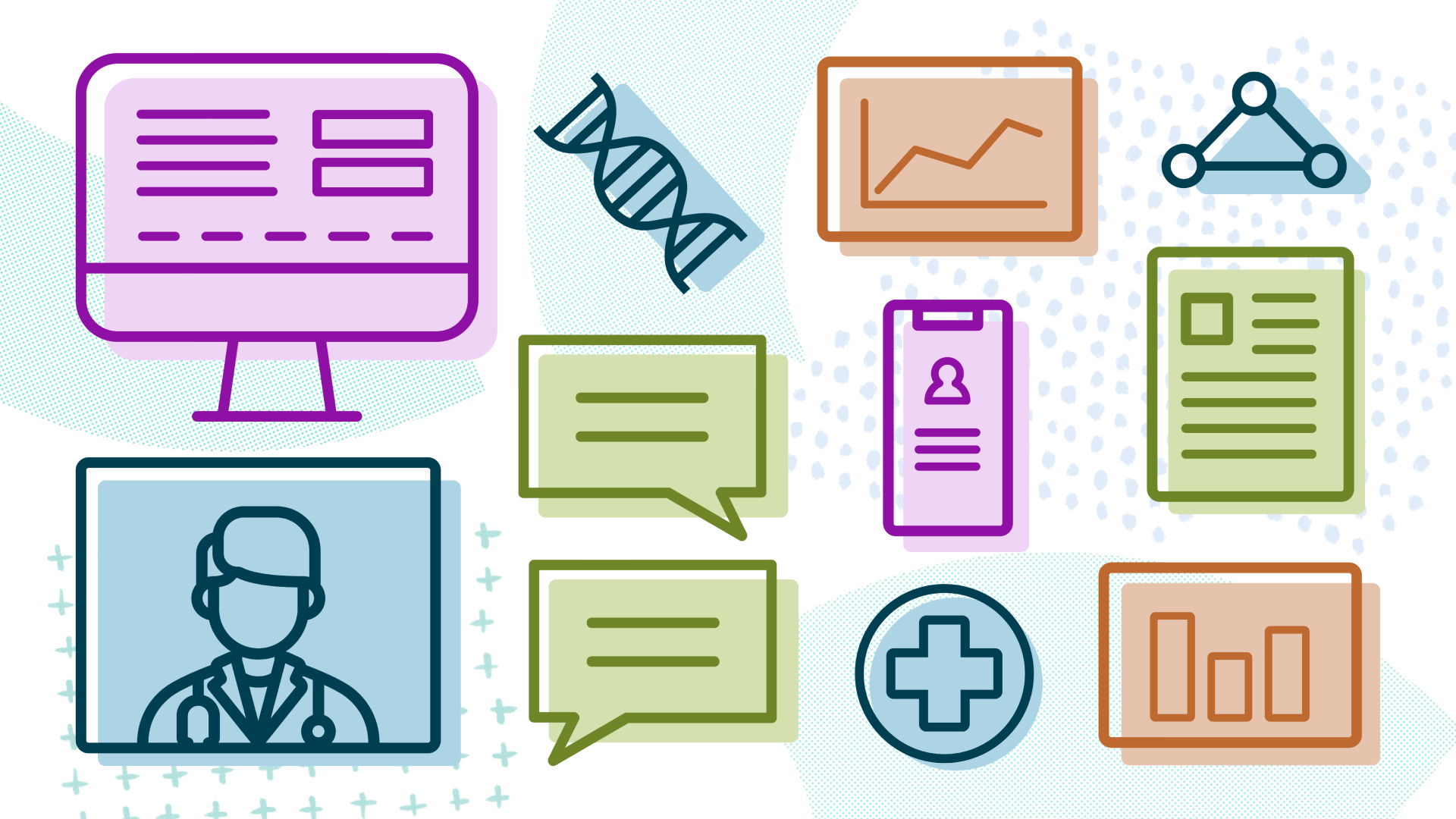Stay ahead of the curve with these 6 best practices for modern HCP portals

In a rapidly changing environment, healthcare providers’ needs have become increasingly complicated. They often need access to specific information quickly and in the moment. They don’t have time to sift through seemingly endless information—they need easy-to-use digital portals with searchable, relevant content at their fingertips. Easy enough, right?
Add on that in a heavily regulated industry, ensuring your digital products are compliant is a big lift in itself. Our team has worked with many pharmaceutical companies to improve their medical information portals so that they can do just that.
6 best practices for modern HCP portals
Below are six best practices to improve your medinfo portal and build trust with HCPs. Let’s dive in.
1. Know your audience and provide them with the content they need
While you might think that physicians are your main audience, did you know that all sorts of healthcare professionals rely on your medinfo portal? In our experience and research, we’ve found that medical information portals are typically tailored to physicians and surgeons. However, there are two underserved roles to consider.
Nurses are an underserved audience. They often rely on your tools and information when they’re in or preparing for appointments. Nurses need to be able to interpret and communicate complex information to patients. Providing them with easy access to patient resources—like brochures, fact sheets, etc.—is vital for in-the-moment needs. After all, nurses are often the closest contact to the patient, spending time downloading information about their needs, and communicating with them before, during, and sometimes even after the appointment.
Healthcare business professionals like office managers and staff also utilize your medical information portals for things like billing, forms, or ordering product samples. Their customer journey is entirely different from that of a prescribing physician or a nurse, and they’re likely one of the first points of contact at the authorization phase.
Your designed experiences should keep all of these audiences in mind. Consider things like ease of navigation, opportunities to fill out forms and make requests directly in the portal, download patient brochures, and chatbots to help if further information is necessary.
2. Make it easy for HCPs to connect with experts
While you can and should provide valuable, easy-to-find information in your portal, sometimes your HCPs will need to connect with an expert for a one-on-one discussion. Chatbots and live chat are obvious go-to’s and can be great tools to move the user toward more detailed information. This feature can address what seems like endless scrolling and get the information to the HCP quickly.
However, sometimes an HCP needs more in-depth scientific information. Consider implementing a scheduling tool that connects HCPs to Medical Science Liaisons (MSLs) or Clinical Science Liaisons (CSLs). This can be an effective way to create simple access to humans as HCP needs become more specialized. Utilizing forms and tools like Calendly will help make the interaction seamless.
3. Ensure telehealth information is easily accessible
With the shift to telehealth appointments, HCPs now use many different tools to interact with patients online. Still in its infancy, the telehealth landscape is fragmented—and many tools don’t talk to each other effectively. HCPs are often looking for information while in telehealth appointments, becoming even more dependent on digital information. Our team can help—let’s get started today!Ready to improve your HCP portal?
Don’t let your medical information portal become a pain point for your users. Make sure telehealth information is readily available and easily navigable. Be flexible with your content. Think outside of your traditional systems and invest in improving them so that you’re not stuck within already-defined components and properties.
4. Create more specialized medical content
Overly general healthcare content isn’t doing anything for you. With so much available content online, HCPs aren’t always heading to your medical information portal first. So, how can you ensure you’re the first stop?
Become a trusted brand and resource by creating more specialized information. Through content strategy, your pharmaceutical organization can build a plan to create specialized, useful content that answers the questions and needs of your HCPs. Think beyond the basics, like dosage information. What makes your product unique, and what questions might a patient ask? User research can also help you understand and build out extensive content that can quickly help an HCP in a moment of need.
By making an investment and digging deeper into specialized medical information, your brand can become a go-to, trustworthy first stop for healthcare providers.
5. Build trust by addressing misinformation
It’s always been there, but with the rise of Covid-19, misinformation became center stage. It’s important to consider how to address this misinformation and assure HCPs that the information they rely on in your medinfo portal is trustworthy.
We’ve seen this handled in different ways, but we found “clinician reviewed” badges to be a simple, effective way to ensure users that medical professionals have reviewed and reinforced the information you’re providing. Investing and partnering with clinician reviewers can help your pharma organization combat misinformation while improving brand trust and loyalty.
6. Contemporary designs engage modern day HCPs
In our extensive experience within the pharmaceutical and healthcare industries, we know steering clear of overly marketed design is important. HCPs distrust an influx of “happy patient” images, and too much of it can make the content you’re providing feel less useful.
Contemporary, clean design builds trust with HCPs—and they want to see more of it. We all interact with well-designed websites, applications, and tools daily, and there should be no difference in a healthcare provider’s work experience. Investing in design improvements doesn’t just stop at your medinfo portal. You should consider any assets that might be linked or downloadable, too—like your website and supporting documentation—and create a cohesive design across your products and tools. Implementing user research can help uncover positive HCP reactions to your products, auditing your current portals for accessibility can put you on a path to building trust, and creating and maintaining a design system can ensure cohesion and speed up time to market.
Meet healthcare providers’ changing needs; optimize your HCP portal
We know that a lot can change quickly in the healthcare landscape, and so do the needs of healthcare providers. In our experience, knowing your audience, providing effective communication channels, ensuring the content they need is easily accessible, steering clear of generalized information, addressing misinformation, and designing with a contemporary approach are all great ways to build trust and engagement with HCPs.
Are you ready to improve your medinfo portal? Our team of experts can help.



